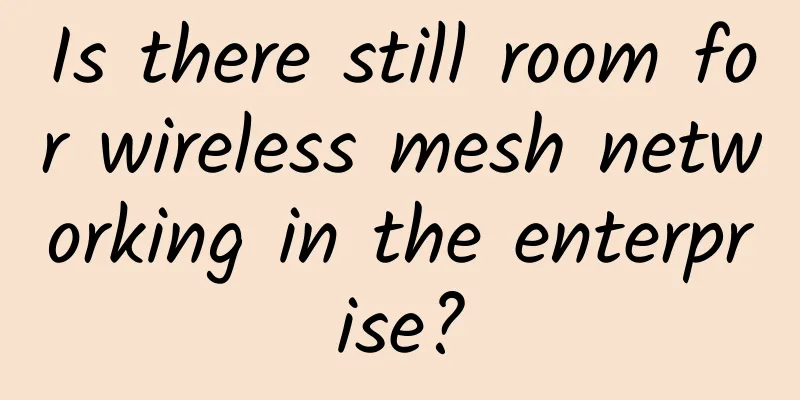New optical spiral technology can increase information transmission rate tenfold

|
A new optical-based communications tool can transmit data in rapid, cyclic motions, like an eddy current. The optical advance, described in a study published today in the journal Science, could be a core component of the next generation of computers that meet society's growing need to share information. It could also allay fears that Moore's Law -- the idea that researchers will find new ways to continually make computers smaller, faster and cheaper -- is running out. For decades, researchers have been working to cram more components onto silicon-based computer chips than ever before. Their success explains why today’s smartphones have more computing power than the world’s largest computers of the 1980s, which cost millions of dollars in today’s money and were about the size of a large filing cabinet.
But researchers are facing a bottleneck: existing technology can no longer meet society's demand for data. Although predictions vary, many believe this is likely to happen within the next five years. Researchers are tackling this problem in a variety of ways, including optical communications, which use light to transmit information. Examples of optical communications range from ancient lighthouses to modern fiber-optic cables used to watch TV and browse the Internet. Lasers are the core components of today's optical communication systems. Researchers have manipulated lasers in various ways, the most common of which is to combine different signals into a single line to carry more information. But these techniques, especially wavelength division multiplexing and time division multiplexing, have also reached their limits. The University at Buffalo-led research team used another light manipulation technique called orbital angular momentum to advance laser technology, which places the laser in a spiral pattern with a vortex at the center. Such lasers are usually too large for use in current computers, but the team succeeded in shrinking the vortex laser to a size comparable to a computer chip. Because the laser beam travels along a spiral pattern, the information is encoded into the different vortex curves, so it can carry ten times more information than a traditional laser that travels in a straight line. Vortex lasers are just one of many components needed to build more powerful computers and data centers, which will ultimately require advanced transmitters and receivers. |
<<: Be careful, the WiFi signal from your home router may make your home "transparent"
>>: Will the countdown to 3G shutdown trigger a wave of phone replacement across all networks?
Recommend
This explains the relationship between IP address, subnet mask, and gateway, and even those without technical skills can understand it.
The Internet is everywhere and deeply affects our...
Nokia wins 5G network contracts in three European countries
On August 25, Finnish telecommunications equipmen...
What is the difference between MPLS and IP?
MPLS VS IP (1) IP forwarding principle: The route...
People's Daily: Many routines harm consumers' interests and it is difficult to protect their rights. Big data "killing old customers" must be severely punished
The same room type has different prices, the taxi...
Is 5G a tool for some companies to defraud subsidies or is it a real demand?
Recently, major mobile phone manufacturers have r...
ThomasHost: $5/month KVM-2GB/50GB/1G port unlimited traffic/6 computer rooms available
I searched and found that the blog shared informa...
F5 and Zhiwei Data jointly launched an active application quality measurement solution to help enterprises gain real-time insights into business status
Recently, F5, the world's leading multi-cloud...
5G standard draft released: it’s not just the speed that changes
The Mobile World Congress, the most influential a...
edgeNAT VPS monthly payment 20% off, annual payment 30% off, US/Hong Kong/Korea VPS monthly payment starts from 48 yuan
edgeNAT has released a regular promotion for this...
Are you still worried about network operations? SD-WAN is here to save you!
Software-defined WAN or SD-WAN is a great example...
MWC 2018: Top 10 5G Releases
Last week's 2018 Mobile World Congress (MWC) ...
Thinking about the Boundary Expansion of Web Front-end in the 5G Era
Author: Wang Shuyan and Wang Jiarong, Unit: China...
BudgetVM: Los Angeles/Dallas/Chicago/Japan/Hong Kong dedicated servers starting at $49 per month
BudgetVM is a local data center founded in 2015. ...
Signaling analysis: Why did KDDI's major outage last for 60 hours?
The KDDI network failure that occurred a few day...
QQ account stolen in 22 years, friends help verify but appeal is invalid: the confusion behind Tencent's authentication system
Recently, user Mr. Wang revealed to a reporter fr...









